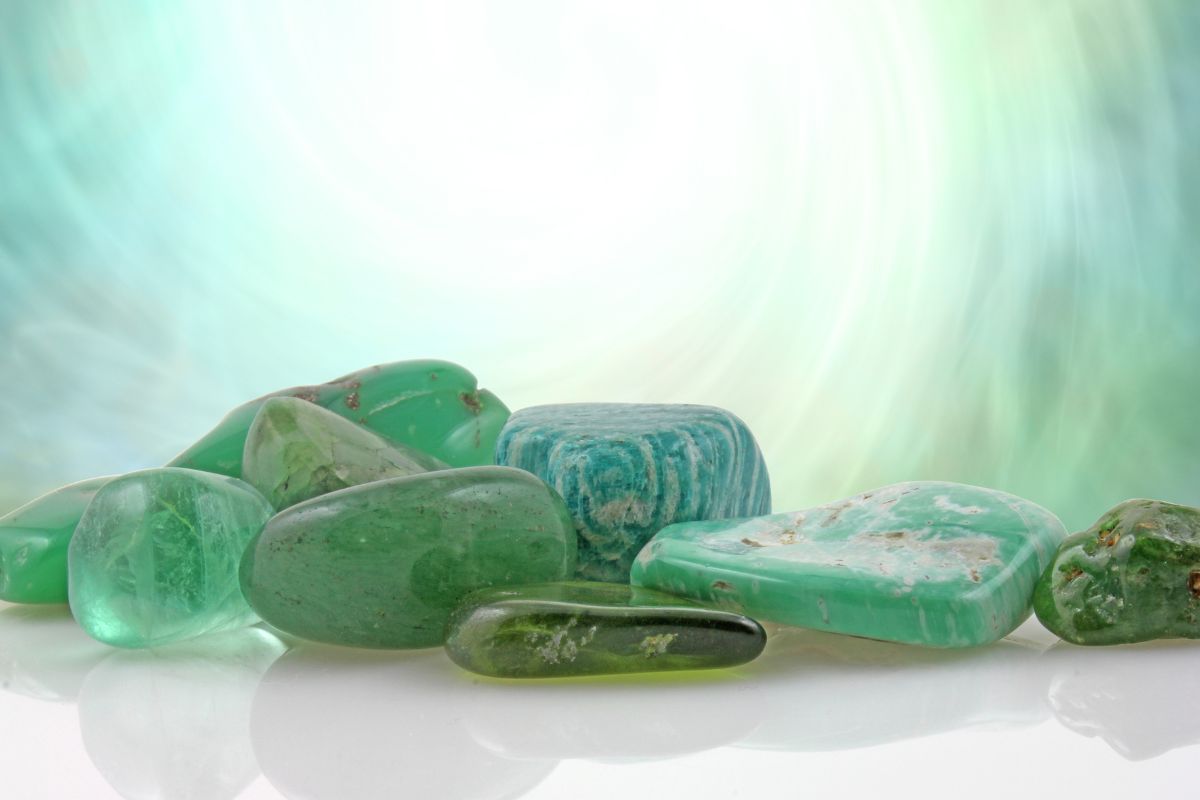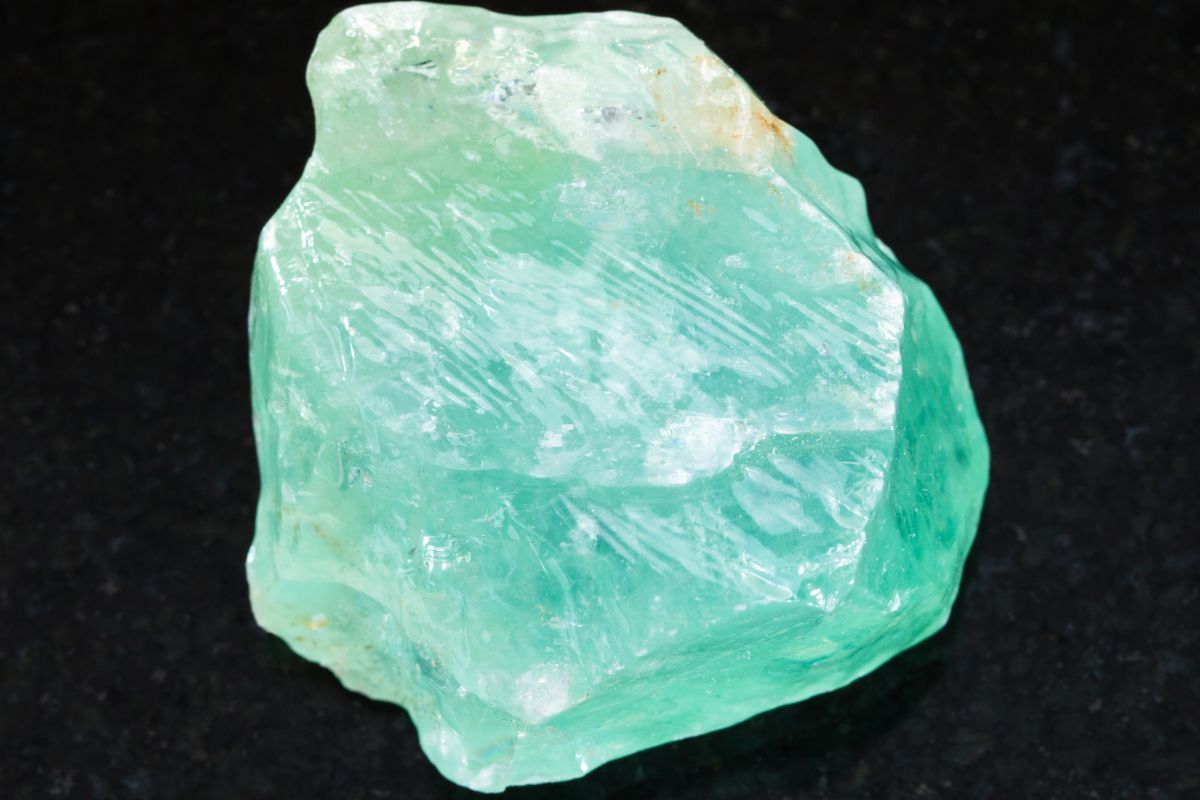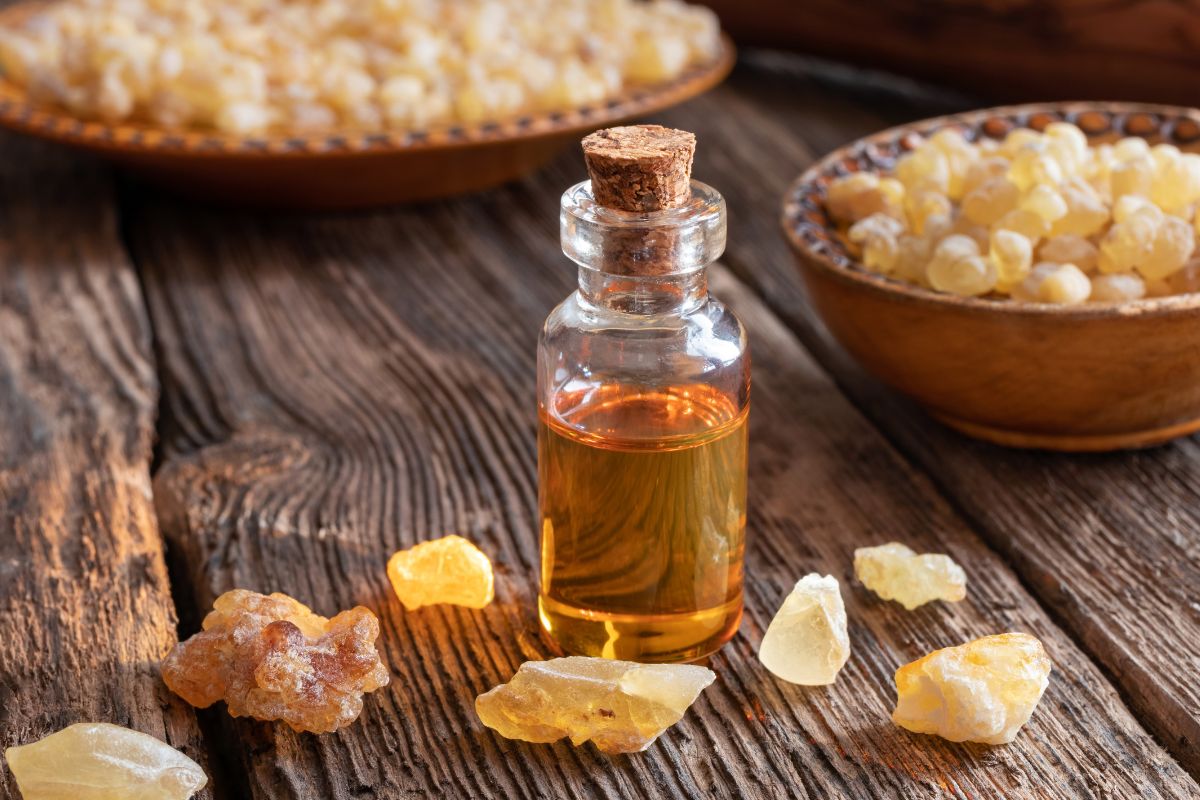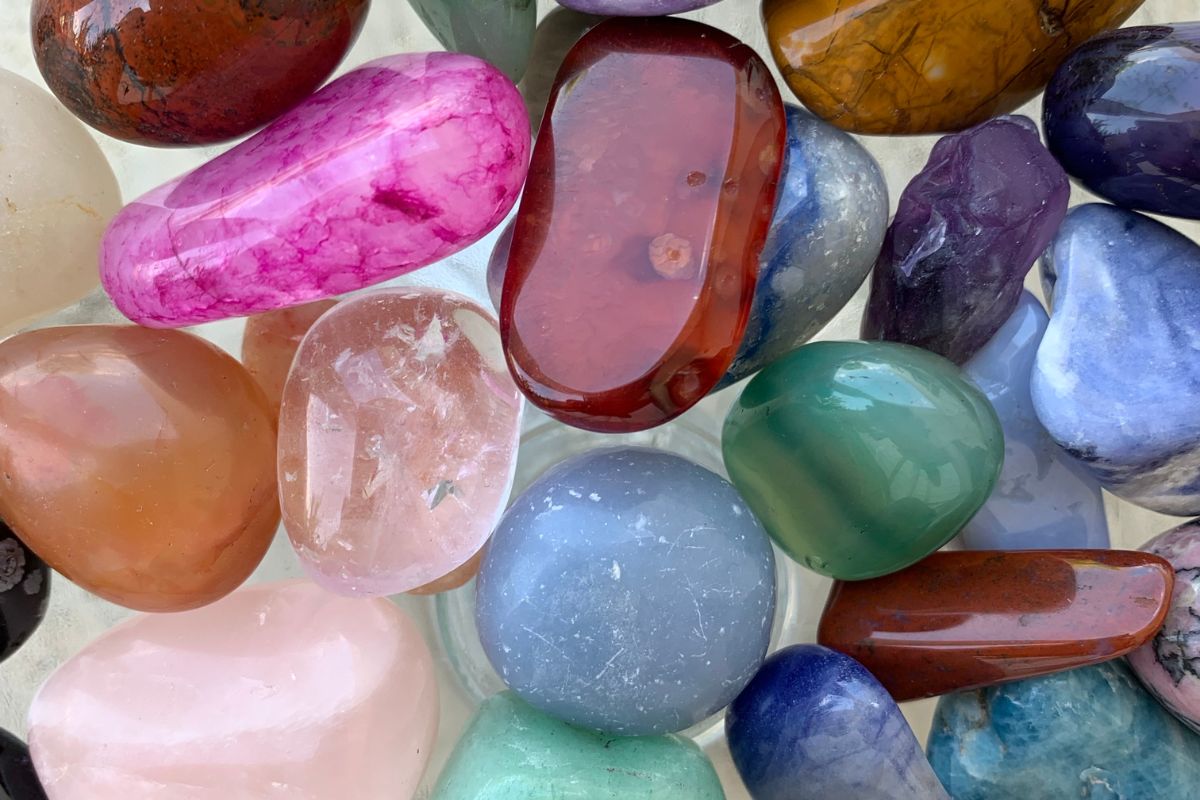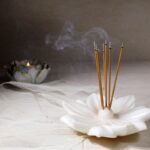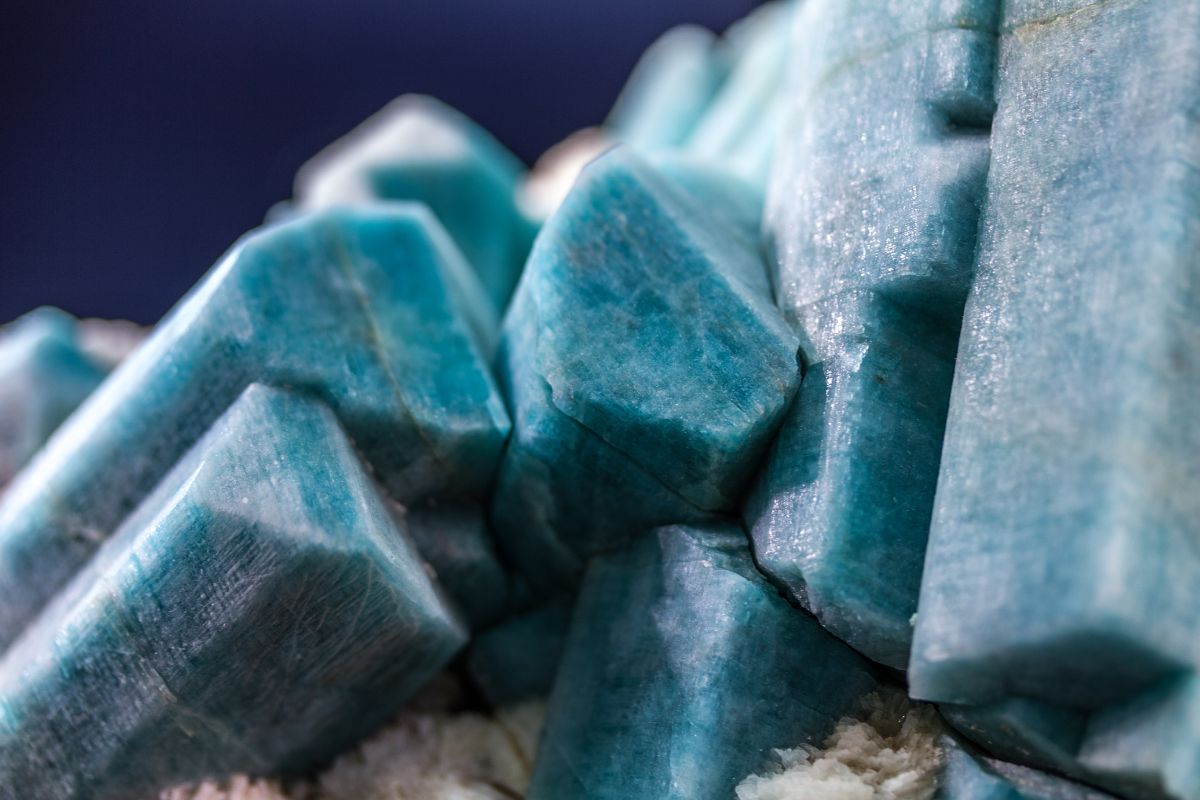Sage is not just a delicious kitchen herb for your savory dishes but it has also been used as medicinal herb and ritual herb for thousands of years.
But what does a sage plant or burned sage smell like? As sage is part of the mint family, it has a subtle mint scent with a green and earthy aroma.

In this article, we explore what sage smells like, the different types of sage and some of the main benefits of burning sage.
What Does Sage Smell Like?
There is a great variety of different sage plants but they all smell very similar. Sage has an earthy aroma with subtle notes of a green, herbaceous scent.
Sage is part of the mint family which means that the plant has a large amount of essential oils (see also ‘How To Use Essential Oils Without A Diffuser‘). This is what makes sage smell so strongly.
With its powerful fragrance, sage is ideal in food as well as incense, tea and essential oils.
Saying this, sage can be very overpowering when you use too much of it, especially in food. Sage leaves taste bitter with a slight fishy aroma.
That’s why, when you are cooking with sage, it’s a good idea to use it sparingly.
What Does Burned Sage Smell Like?
Another common way of using sage is by burning dried sage leaves in a sage smudge stick or incense (to find out more about the difference between sage and incense, read here).
Burned sage has a deeply earthy scent but it’s not as cooling as the smell of fresh sage.
Instead, ceremonial sage used in traditional rituals or ceremonies burns with a distinctly light but aromatic smell.
Types Of Sage
Sage is a very common plant that’s grown around the world. Sage grows into a small bushy plant with bluish-green, rough leaves.
The leaves are what makes sage so special as this is where this medicinal herb keeps all its essential oils.
As sage is grown throughout the world, there are a large range of types of sage. They all have similar leaves but produce different color flowers.
Here are some of the most important types of sage used as ceremonial herb for burning or cooking.
White Sage
White sage is one of the most commonly used sage plants. You can use it in tasty savory dishes but also for smudging.
White sage creates a beautifully earthy aroma that helps you relax and lifts your spirits. This type of sage is also said to improve memory loss.
All these positive benefits of sage means that it is typically used in aromatherapy and aromatherapy products, such as sage essential oil and candles.
You can also burn the dried leaves of white sage which creates a herbaceous fragrance that is said to be cleansing and brightening your mood.
Clary Sage
Clary sage is quite different to white sage, particularly in its scent. While many other sage plants produce an earthy fragrance, clary sage has a sweet, musky smell.
Some people even find that clary sage smells a bit like sweat or dirty socks due to the musk in the plant’s essential oils.
However, the sweetness in this sage is very strong and it creates a relaxing and calming scent.
Clary sage is also used in herbal medicine to soothe muscles, minimize anxiety and fight infections.
Thanks to its strong essential oils, it can create a nice scent in aromatherapy and aromatic products, like cosmetics or soap.
Bergamot Sage
Bergamot sage is a lesser known sage bush but it is often used as an additive in body and beauty products.
Bergamot sage has a sweet fragrance that resembles clary sage but it’s also more earthy and herbal.
Benefits Of Burning Sage
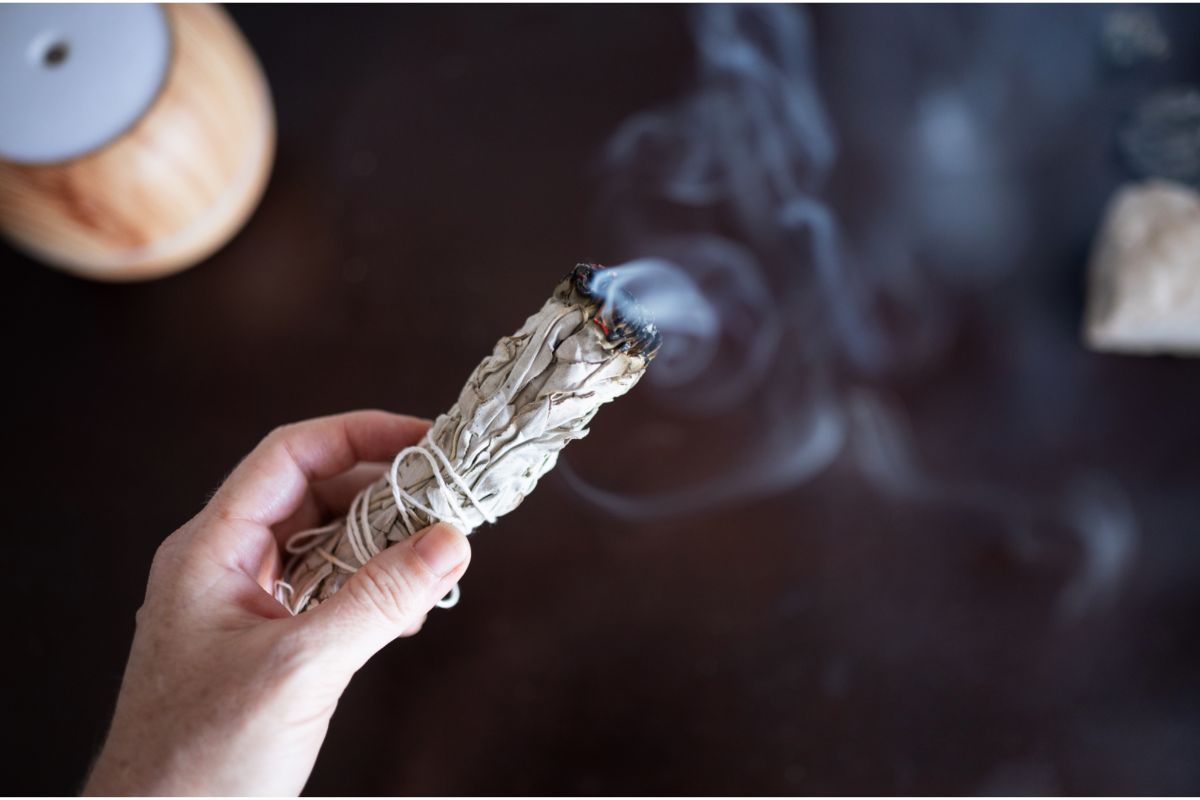
One of the most popular uses of sage is burning the plant’s dried leaves. With its wonderfully grounded smell, it’s very relaxing.
While there aren’t many studies on the benefits of burning sage, some research found that it can reduce the number of bacteria in the air.
Here are some of the most popular ways that burned sage can be used.
Aromatherapy
With the large amount of essential oils in sage, it’s no surprise that it is typically used in aromatherapy.
The scent of burning sage essential oil can help you wind down after a stressful day. It is also said to have a grounding effect, creating a sense of calm.
If you find the strong scent of sage too overpowering, then you can also mix the dried leaves with other herbs, such as rosemary, thyme or lavender.
All these aromatic herbs are well known for their therapeutic properties.
Mindfulness And Relaxation
One of the biggest benefits of burning sage is that the smell of the sage smoke is relaxing and calming.
Burning sage can be a great way to prepare a meditation or mindfulness practice.
When you burn herbs, then the smoke brings a greater awareness to your senses.
You start to engage with your senses more and this keeps you focused on yourself, forgetting about your busy day.
Everyone has their own way of mindful meditation to help reduce stress. Burning herbs, like white sage, rosemary or lemon balm, can be soothing for the mind.
Set Intentions
While there isn’t a lot of research about the benefits of burning sage or inhaling sage smoke, it has been proven that sage has stress-relieving properties.
When you relax and focus more on your mind, then you can look to the future and set your intentions for what lies ahead.
This can be part of your own mindfulness practice or in a ritual with others where sage is burnt to relieve tensions.
It’s important that you find your own personal mantra that helps you center your thoughts and ideas.
Final Thoughts
Sage has a beautifully earthy aroma that works very well in food, tea, incense and even in dried sage smudge sticks.
The different types of sage have a slightly different smell, from sweet to woody.
The scent of sage has been found to be relaxing and calming. It also has a range of medicinal properties, such as fighting airborne bacteria and infections.
- 15 Crystals That Cannot Be Exposed To The Sun - January 7, 2024
- Malachite Vs Fuchsite – Benefits And Uses - January 7, 2024
- Malachite Vs. Green Jasper: Benefits And Uses - January 7, 2024

